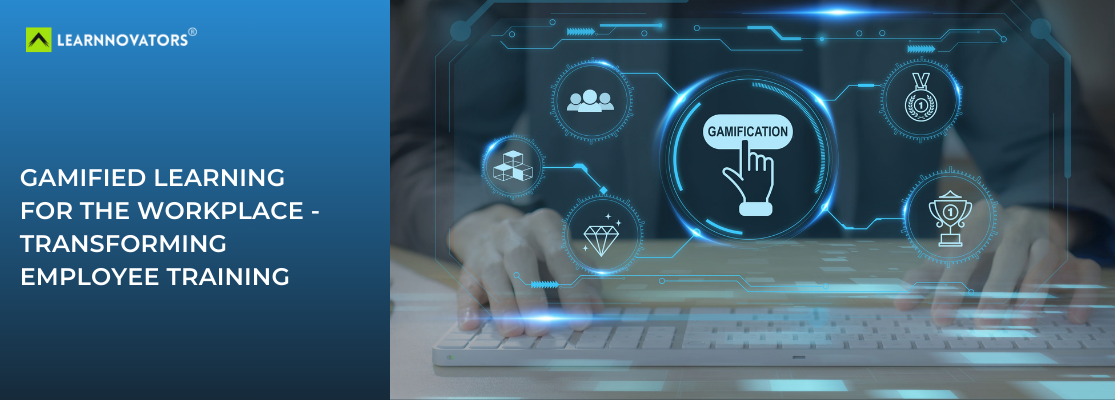Gamified learning is revolutionizing workplace training by seamlessly integrating game mechanics with effective learning strategies. This approach captures attention, improves retention, and delivers measurable outcomes, making it a game-changer for corporate training. Below, we explore the benefits of gamified learning and its potential to transform employee development.
What is Gamified Learning?
It involves incorporating game elements—like points, leaderboards, levels, and rewards—into training programs. By tapping into employees’ intrinsic motivation, it creates an engaging and enjoyable learning environment that boosts participation and impact.
Benefits of Gamified Learning
- Enhances Engagement
Gamification turns learning into an interactive experience. Employees are more likely to participate when training feels like a rewarding challenge rather than a routine task.
- Improves Knowledge Retention
Studies show that gamification improves knowledge retention. By rewarding employees for completing modules or achieving milestones, gamified learning reinforces positive behavior and ensures concepts stick.
- Provides Real-Time Feedback
Instant feedback allows employees to identify areas for improvement and celebrate progress. This encourages a growth mindset and continuous learning.
- Promotes Collaboration
Gamification can include collaborative challenges that promote teamwork and communication. Leaderboards, for instance, encourage healthy competition while building camaraderie.
- Adapts to Diverse Needs
Gamified learning can be customized for various training contexts, including compliance, sales, and leadership development, making it a versatile solution for organizations of all sizes.
Strategies for Effective Implementation
To maximize the impact of gamified learning, consider these best practices:
- Understand Your Learners: Tailor game mechanics to employees’ interests and professional goals to ensure relevance and sustained engagement.
- Set Clear Objectives: Define measurable outcomes and align game elements with learning objectives to drive meaningful results.
- Leverage Technology: Invest in Learning Management Systems (LMS) or gamification platforms that support features like badges, points, and leaderboards.
- Motivate Participation: Incorporate rewards, recognition, and storytelling to inspire active involvement. Share success stories to demonstrate the program’s impact.
- Measure and Iterate: Regularly evaluate the program’s effectiveness using analytics. Refine strategies to enhance engagement and learning outcomes.
Examples of Gamified Learning in Action
- Sales Training: Employees earn points for completing product quizzes and climb leaderboards as they master sales strategies.
- Compliance Training: Interactive scenarios and challenges help employees navigate real-world challenges, deepening their understanding of policies.
- Leadership Development: Role-playing games provide aspiring leaders with hands-on opportunities to practice decision-making in simulated environments.
Why Choose Learnnovators?
Learnnovators designs custom gamified learning solutions tailored to your organization’s unique needs. Combining instructional design expertise with cutting-edge gamification strategies, we create immersive learning experiences that align with your business goals and deliver measurable impact.
Ready to transform your training programs into immersive learning experiences? Write to us at elearning@learnnovators.com today to get started!






